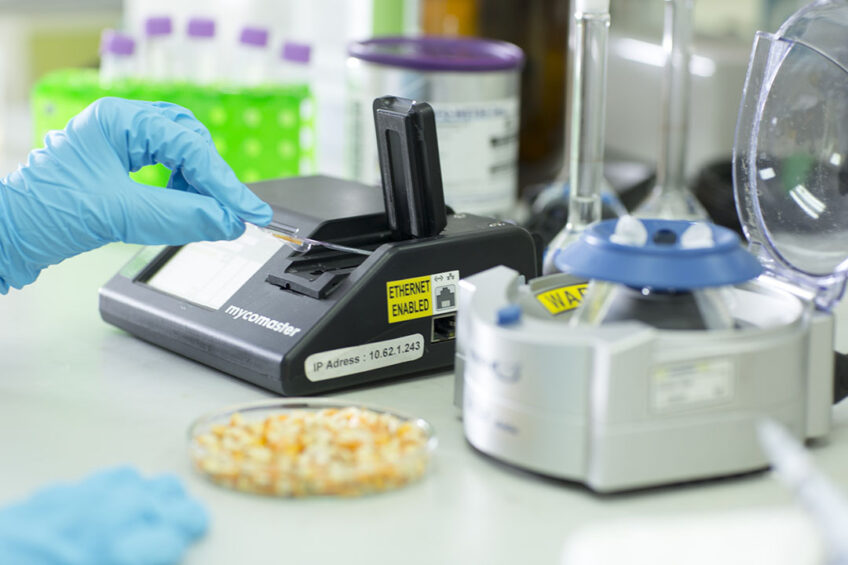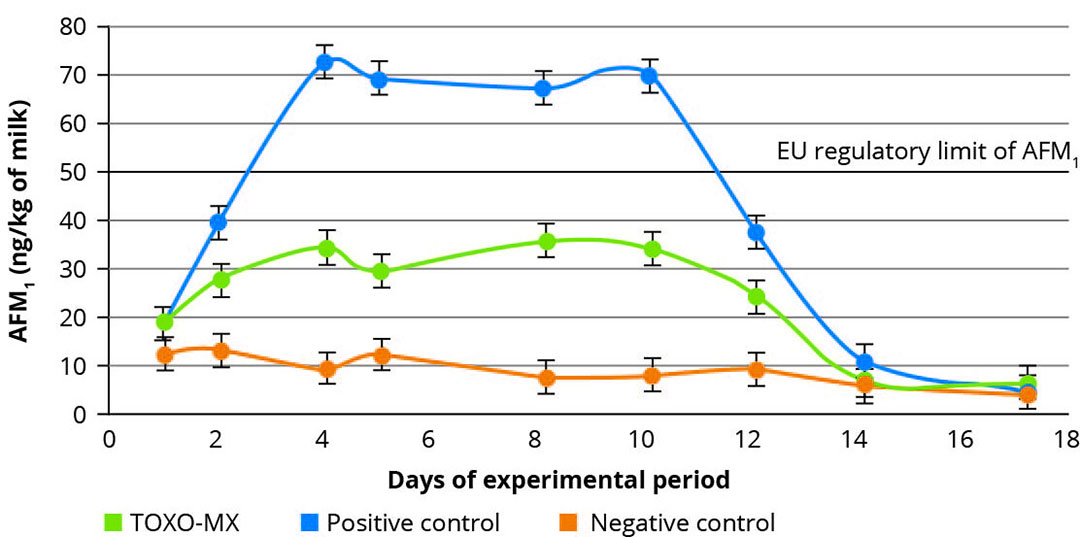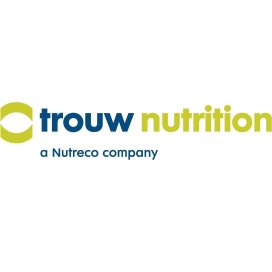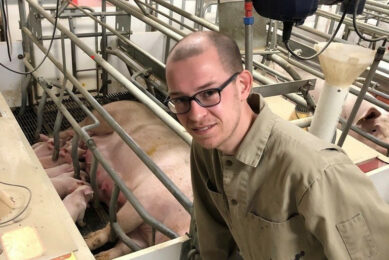The underestimated risk of mycotoxins in dairy cows

It is a myth that rumen microbial activity allows dairy cows to handle mycotoxin toxicity completely. A closer look at rumen degradation capability shows that this is not the case. Therefore, a mitigation strategy should be holistic, practical and beyond binding.
Risk, impact, and diagnostics
A complex and diverse Total Mixed Ration (TMR) poses multiple mycotoxin toxicity challenges. Although rumen microbes can reduce the toxicity of some mycotoxins, not all mycotoxins are equally degraded in the rumen. In high-yielding dairy cows high-starch diets can compromise the detoxification capacity of rumen microbes. For some mycotoxins, such as zearalenone (ZEN), rumen degradation may increase the toxicity. Furthermore, extended periods of exposure to low levels of multiple mycotoxins may lead to chronic toxicity, an increasing issue that is notoriously difficult to diagnose at an early stage.
Mycotoxins can threaten dairy cows’ health, rumen function, feed intake, milk yield, milk quality, lameness, and reproductive abilities. Many “mouldy silage syndrome” cases in the field have shown incidences of increased somatic cell counts, undigested faecal feed particles, laminitis, mastitis and ruminitis cases. Cases of reproductive challenges and vaccination failures have been reported with multiple mycotoxins in TMR.
Often referred to as the “Big 6” there are six major mycotoxins most feed mill rapid testing and lab analysis focus on: aflatoxin (AF), ochratoxin A, T-2 toxin, DON, zearalenone (ZEN) and fumonisins. Their presence when measured as “marker mycotoxins” suggests that another 30 to 40 mycotoxins may be present as “masked” mycotoxins. These mycotoxins are primarily produced in crops at the pre-harvest stage.
Alongside ergot toxins, the “Big 6” in the TMR can cause health concerns when present in the ration at high concentrations. Furthermore, “silage” mycotoxins are those that are predominantly produced during the process of silage fermentation. More than 80 micro-aerobic fungal species can grow in silages producing diverse mycotoxins. Silage mycotoxins are often referred as “penicillium” mycotoxins since most mycotoxins produced during silage fermentation are from the genus “penicillium”. Finally, the antimicrobial effects of so-called “emerging” mycotoxins such as enniatins and fusaric acid in the rumen can compromise rumen function and a cow’s ability to degrade mycotoxins.
The major challenge of mycotoxin risk management lies in diagnosing the problem and the ability to establish the cause-and-effect relationship. Some “masked” mycotoxins such as conjugates of DON, ZEN and T-2 toxin are hard to detect using routine feed extraction methods. Often released by enzymatic and/or microbial activity in the digestive tract, these mycotoxins remain active. Selko’s mycotoxin risk management programme detects risks and offers practical intervention advice. The programme uses the Mycomaster+ system to check raw materials, feeds and milk for the “Big 6” and Aflatoxin M1 (AFM1). Samples also can be examined for multiple mycotoxins using LC-MS/MS.
Managing Aflatoxin M1 in milk
It is vital to understand the legal limits of AFM1 in milk for domestic consumption and export countries, to prevent rejections for exceeding the maximum limits. The upper limit set by the U.S. Food & Drug Administration (FDA) is 0.5 ppb AFM1. The European Union limit is ten times lower, at 0.05 ppb. Managing milk AFM1 should rely on Hazard Analysis and Critical Control Points (HACCP) and consider all critical control points for AFB1 to enter into dairy feed. Biosecurity measures and feed mill audits will help avoid unwarranted levels of AFM1 in milk, but as moulds are ubiquitous, AFM1 may still be detected.
Effective strategies are available to bind AFB1 in the animal’s intestine and prevent its entry into blood circulation. For example, Selko’s TOXO-MX incorporates a high quality smectite binder shown to lower AFM1 levels by 65% (Figure 1).
Figure 1 – TOXO-MX lowering AFM1 levels in milk (Negative control: Control feed, Positive control: Feed with AFB1, TOXO-MX: Feed with AFB1 and TOXO-MX).

Solutions beyond binding
Research shows that not all mycotoxins can be bound by a single mycotoxin binder. Therefore, mitigation strategies should also consider crop management, harvesting, raw material storage and TMR management. Organic acid innovations and systems for product application can support silage and face management and prevent heating of TMR. Applied directly to TMR or via concentrate, mycotoxin mitigation products in the Selko TOXO range can effectively reduce mycotoxin risk for animal health and human health, by keeping AFM1 levels within statutory limits. The mitigation products have four modes of action – reducing mycotoxin bioavailability, strengthening the gut barrier function, modulating the immune response and enhancing the antioxidant status.
Independent studies show that the products can bind multiple mycotoxins. Besides exceeding 90% binding of AFB1, the product can bind T-2 toxin, ZEN and OTA in a range of 35-45%. Another study showed a binding capacity of ergot toxins up to 93.6% at pH 3 and 7. Further research has shown the product range’s ability to bind emerging mycotoxins at a pH of 3 or 6.5. In studies, all three of the emerging mycotoxins (roquefortine C, sterigmatocystin and enniatin) were demonstrated to bind at more than 74%.
Researchers at the University of Sacre Coeur in Italy studied the efficacy of the product in reducing the impact of multiple Fusarium mycotoxins on dry matter intake (DMI), milk production, and rumination time. Thirty-one Holstein lactating cows were included in a spring trial and a summer trial. A 7-day adaptation and a 54-day intoxication period were observed, where cows were blocked based on days in milk (DIM) and parity, and randomly assigned to specific treatments. Daily milk production and composition were measured.
During a 54-day exposure to moderate levels of Fusarium, supplementation of TOXO-XXL increased milk yield to 39.28 kg/cow/day (Figure 2).
In conclusion, mycotoxin mitigation should not focus on the “Big 6” alone. Silage, emerging and masked mycotoxins require a holistic approach to overcome their negative effects.






